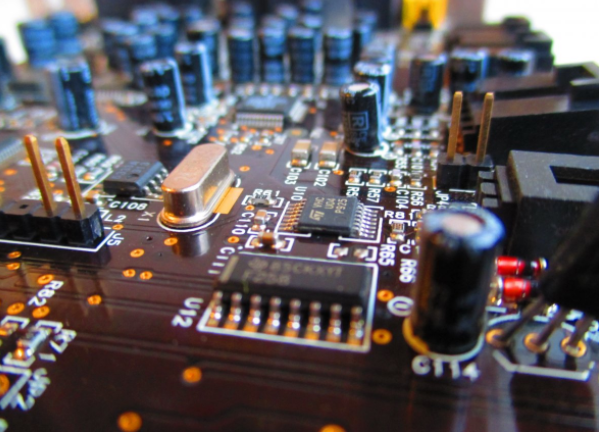What are the causes of PCB circuit board welding defects
PCB boards are widely used in modern electronics. With the rapid development of electronic technology, PCB density is getting higher and higher, and the requirements for soldering processes are also increasing. Therefore, it is necessary to analyze and determine the factors that affect the quality of PCB soldering, find out the causes of soldering defects, and then improve the overall quality of the PCB board. So, what are the factors that affect PCB board welding?
One, warpage
The circuit board and components warp during the welding process, and defects such as virtual welding and short circuit due to stress deformation. Warpage is often caused by the temperature imbalance of the upper and lower parts of the circuit board. The large PCB will also warp due to the drop of the board's own weight. The ordinary PBGA device is about 0.5mm away from the printed circuit board. If the device on the circuit board is large, the solder joint will be under stress for a long time as the circuit board cools down and the solder joint will be under stress. If the device is raised by 0.1mm, it will be enough to cause Weld open circuit.

In the layout, when the circuit board size is too large, although the soldering is easier to control, the printed lines are long, the impedance increases, the anti-noise ability is reduced, and the cost increases; Mutual interference, such as electromagnetic interference of circuit boards. Therefore, the PCB board design must be optimized:
(1) Shorten the wiring between high-frequency components and reduce EMI interference.
(2) Components with heavy weight (such as more than 20g) should be fixed with brackets and then welded.
(3) Heat dissipation issues should be considered for heating elements, to prevent defects and rework caused by large ΔT on the surface of the element, and heat sensitive elements should be far away from the heat source.
(4) The arrangement of components should be as parallel as possible, so that it is not only beautiful but also easy to solder, it is suitable for mass production. The circuit board is best designed as a 4:3 rectangle. Do not change the wire width to avoid wiring discontinuities. When the circuit board is heated for a long time, the copper foil is easy to expand and fall off. Therefore, avoid using large-area copper foil.
Three, the solderability of the circuit board hole
The solderability of the circuit board holes is not good, which will cause false soldering defects, which will affect the parameters of the components in the circuit, resulting in unstable conduction of the multi-layer board components and the inner line, causing the entire circuit to fail.
The main factors that affect the solderability of printed circuit boards are:
(1) The composition of the solder and the nature of the solder. Solder is an important part of the welding chemical treatment process. It is composed of chemical materials containing flux. Commonly used low melting point eutectic metals are Sn-Pb or Sn-Pb-Ag. The impurity content must be controlled by a certain proportion, In order to prevent the oxides generated by impurities from being dissolved by the flux. The function of the flux is to help the solder wetting the surface of the circuit to be soldered by transferring heat and removing rust. White rosin and isopropanol solvents are generally used.
(2) The soldering temperature and the cleanliness of the metal plate surface also affect the solderability. If the temperature is too high, the solder diffusion speed will increase. At this time, it will have a high activity, which will cause the circuit board and the molten surface of the solder to oxidize rapidly, resulting in soldering defects. Contamination on the surface of the circuit board will also affect the solderability and cause defects. These defects Including tin beads, tin balls, open circuits, poor gloss, etc.
In short, in order to ensure the quality of the PCB board, in the process of making the PCB board, it is necessary to select excellent solder, improve the solderability of the PCB board, and prevent warpage and prevent the occurrence of defects.